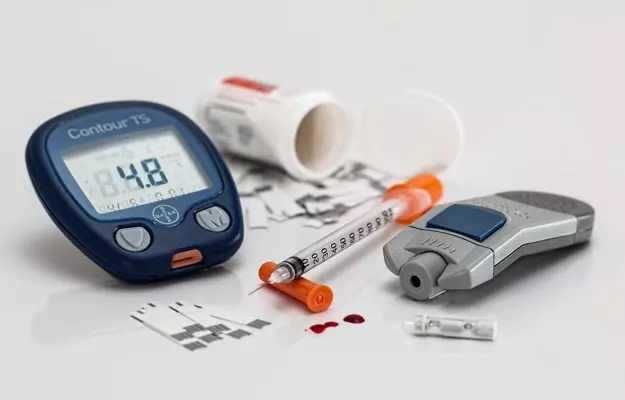Diabetes is a serious and complex disease, in which the level of blood sugar or blood glucose is very high. After some time, this increased level of blood sugar starts affecting the whole body due to which many types of problems start happening. In diabetes, your body either doesn't make insulin properly (type 1 diabetes) or doesn't use insulin properly (type 2 diabetes). In such a situation, it is very important to understand insulin and its function.
Please click on the link given here to know the diabetes treatment.
Today in this article you will know how insulin can be used -
(Read More - Insulin resistance)
























